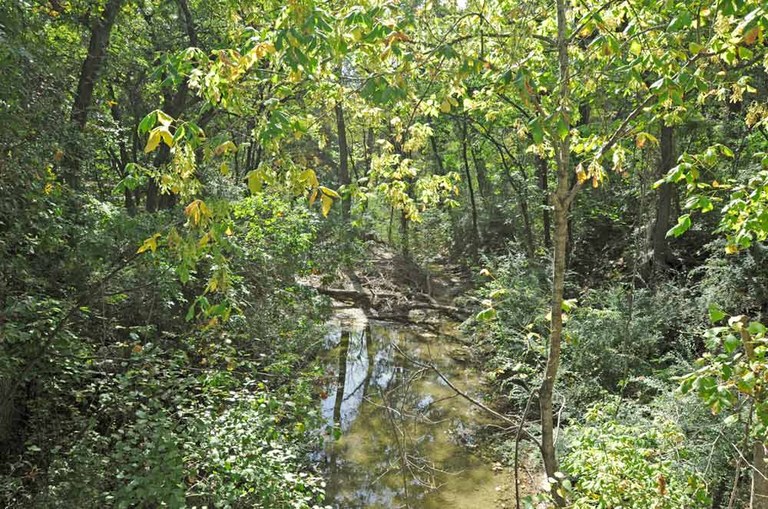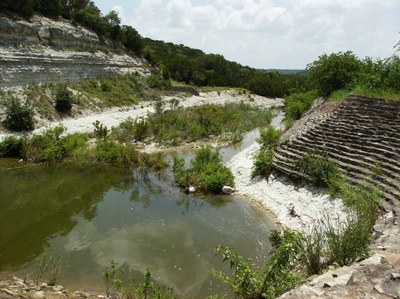History
Hunting grounds
 Cleburne State Park features flowing springs, dense woods and expansive prairies. The bountiful land attracted Native American foragers for thousands of years.
Cleburne State Park features flowing springs, dense woods and expansive prairies. The bountiful land attracted Native American foragers for thousands of years.
Much later, as settlers ventured into the area, a number of nomadic tribes passed through.
Early settlement
Settlers established Kimball in the early 1850s at a Brazos River crossing. It was one of the earliest towns in the area of Johnson County and the park.
After the Civil War, South Texas ranchers drove vast herds of cattle to northern markets on the Chisholm Trail, which used this crossing. The area around the present-day park offered a convenient campsite for drovers.
Some communities withered after the heyday of cattle drives, including Kimball.
Picturesque park
Jobs were scarce during the Great Depression, but New Deal work programs employed some Americans in building parks.
In 1934, area residents offered the picturesque valley as a park site. A Civilian Conservation Corps company moved in the following year to build Cleburne State Park.
Civilian Conservation Corps
 CCC workers crafted a small earthen dam with a three-level masonry spillway to impound the park's 116-acre lake. Next, they built a three-mile scenic roadway around the lake.
CCC workers crafted a small earthen dam with a three-level masonry spillway to impound the park's 116-acre lake. Next, they built a three-mile scenic roadway around the lake.
Workers also constructed a concession building, boathouse and bathhouse. They continued adding structures to the park through 1940.
The Camp Creek Bridge exhibits the men’s considerable skills in masonry and carpentry.
Learn more about CCC efforts here at The Look of Nature: Cleburne.
Explore A New Deal for Texas State Parks (e-book resource for teachers and students).
Today . . .
Today, 528-acre Cleburne State Park with its spring-fed lake continues to provide recreation and relaxation for all Texans.
